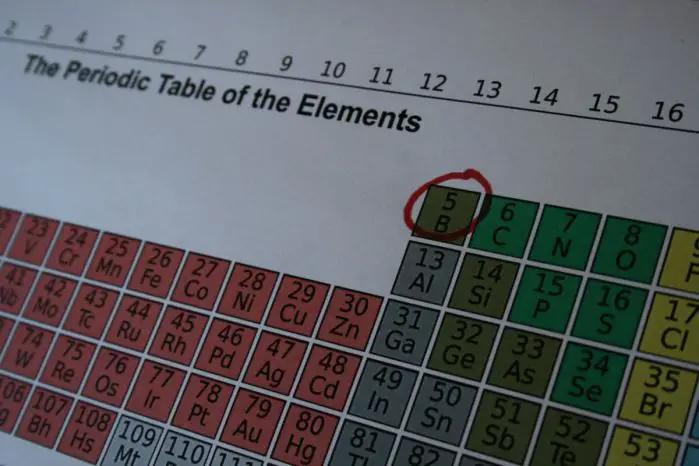Boron – the involuntary “must” in the hardness protection paste
The whole world (especially all of Europe) is looking for it and still nobody finds it. A hardness protection paste without the harmful boron. In a small article I would like to show the current situation and explain (also for laypeople) why boron is such an elementary component of hardness protection pastes.
Since 2007 there has been a so-called Registration, Evaluation, Authorization and Restriction of Chemicals Regulation (REACH Regulation for short) across Europe.
This regulation is responsible for the appropriate registration, evaluation, authorization and restriction of chemicals. The European Chemicals Agency (ECHA for short) is primarily responsible for the organization and control of the REACH processes.
The following problem now arises for the heat treatment industry:
The substance boron should also fall under the REACH regulation and be limited. The reason for this is: The raw materials boron trioxide, borax or boric acid have been classified as “toxic to reproduction”. Since these components are found in high concentrations in hardness protection pastes, an entire industry is now looking for solutions.
Why have no alternatives been found so far?
Possibilities were found, but no real alternatives. Hardening protection pastes based on boron are characterized by 4 properties:
- Water solubility
- Washable
- Protective
- No solvents
However, every “alternative” to boron-containing hardening protection pastes developed so far could not demonstrate all of these properties (or only up to certain temperatures). Hardness protection pastes without boron often resulted in a further work step such as blasting or an undesired structural change in the metal.
What does the industry have to fear?
Fortunately, the European Union has recognized that there are currently no alternatives to hardness protection pastes containing drilling and has therefore postponed a decision on the restriction of the use of hardness protection pastes based on boron until 2023.
The industry now has 6 years to find an alternative. If none are found, a further postponement of the decision is conceivable.
However, competition has broken out as a result, because those who are the first to develop a boron-free alternative – without any loss of performance – inevitably have a strategic advantage and can quickly win an entire market for themselves.
So: all of Europe is looking for it, but who will find it first?


Recent Comments